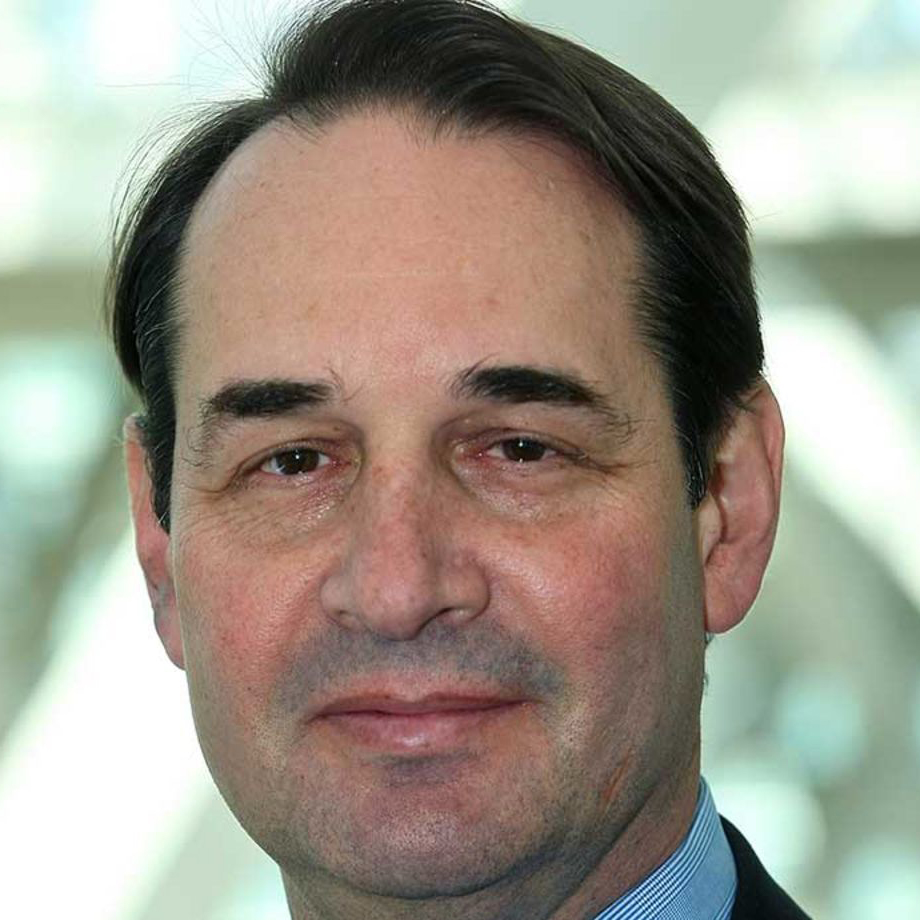How Nielsen Undercount Revelations Will Affect The Upfront
Data will be used 'collaboratively,' VAB’s Sean Cunningham said

Networks and distributors represented by the VAB want more information about how much undercounting of viewers happened at Nielsen during the COVID-19 pandemic before the annual upfront market, where networks sell about 70% of their ad inventory for the broadcast year take place.
Also Read: How Nielsen Undercount Revelations Will Affect The Upfront
After weeks of pushing, Nielsen conceded and the Media Rating Council confirmed that a simulation of Nielsen data that total TV usage was underestimated among adults 18-49 by 2% to 6%. People using television was under-reported by 1% to 5%.
The undercounts were the result of defects in Nielsen’s panel caused by the pandemic, which prevented Nielsen from overseeing participating homes with in-person visits.
The numerical guidance from the MRC is “an unprecedented occurrence, to say the least,” said Sean Cunningham, CEO of the VAB.
The MRC’s announcement Monday came after months of complaints by the networks and distributors, ”Nielsen’s biggest clients,” Cunningham noted one week before most of the major programmers are scheduled to hold their upfront presentations.
Negotiations over buying and selling billions of dollars worth of advertising time will follow.
The smarter way to stay on top of broadcasting and cable industry. Sign up below
Buyers and sellers will use this new data as they attempt to make deals, with estimates of how many people watched TV this year factoring into next year's expectations.
“Had this been done in the proper time frame, the market by now would have had an expedited analysis on a full audit that would have given us a heck of a lot more concrete factors and numerical analysis,” Cunningham said. “That would have put a lot more certainty around the understatement.”
In a $70 billion TV advertising market, even a single-digit change is viewership can have a huge financial impact.
Cunningham cited Nielsen figures that there was $3.9 billion in ad sales during February alone. Based on that, a 1% undercount would cost the industry $468 million in revenue over the course of a year. A 6% undercount would cost $2.8 billion.
Once negotiations start, the networks and the media agencies will handle the data about Nielsen’s undercount “collaboratively,” Cunningham said. “They’re good and great trading partners and have been for a long time. They will take what’s been learned today and work through it and apply it.”
The buyers and sellers “really should have had guidance months ago,” he said. Still needed are “real metrics around the extent of under counting.”
Cunningham said that so far, Nielsen has only “put its best foot forward” in addressing the situation. “All we saw was, to say the least, the tip of the iceberg,” he added, saying he couldn’t comment beyond that.
Since VAB and its members started seeking answers at the beginning of the year, Nielsen has provided mainly delay and denial, Cunningham said.
In a statement, Nielsen maintained that it has been “fully transparent in collaborating with the MRC.” It added that will continue to “rigorously” work with the MRC and its clients “to understand the impacts of both the pandemic and changing consumer viewing behaviors on data and analysis.”
But Cunningham said, “there was a tremendous amount that was never disclosed. It took an enormous, enormous amount of unprecedented pushing to get Nielsen to do any level of objective and constructive analysis.”
The VAB still wants audits of February and the earlier months that were impacted by COVID-19 and how Nielsen handled its sample homes during the pandemic.
“Had not Nielsen’s largest clients done these exercises and challenged them with these analyses, these would never have come to light,” Cunningham said.
Jon has been business editor of Broadcasting+Cable since 2010. He focuses on revenue-generating activities, including advertising and distribution, as well as executive intrigue and merger and acquisition activity. Just about any story is fair game, if a dollar sign can make its way into the article. Before B+C, Jon covered the industry for TVWeek, Cable World, Electronic Media, Advertising Age and The New York Post. A native New Yorker, Jon is hiding in plain sight in the suburbs of Chicago.

